Discovering the works of Juan Luna and his contemporaries in a Cordoba museum
(Note: This is the conclusion of the story on Juan Luna's artistic presence in Spain and the works of his Filipino contemporaries. Read the first part here.)
I discovered during a recent visit to Spain that Juan Luna’s artistic footprint in Spain was a little more extensive than is widely known. I was afforded a very rewarding glimpse of a few of Luna’s works in Spain outside the well-known group of his award-winning works and commissions, such as “La Muerte de Cleopatra” in the Museo del Prado and the “Batalla de Lepanto” in the Senado.
The previous article described the Lunas in the Ateneo de Madrid and the Casa-Museo Benlliure in Valencia. In a small city museum in Cordoba, I stumbled across a small trove of work by Luna’s Filipino contemporaries.
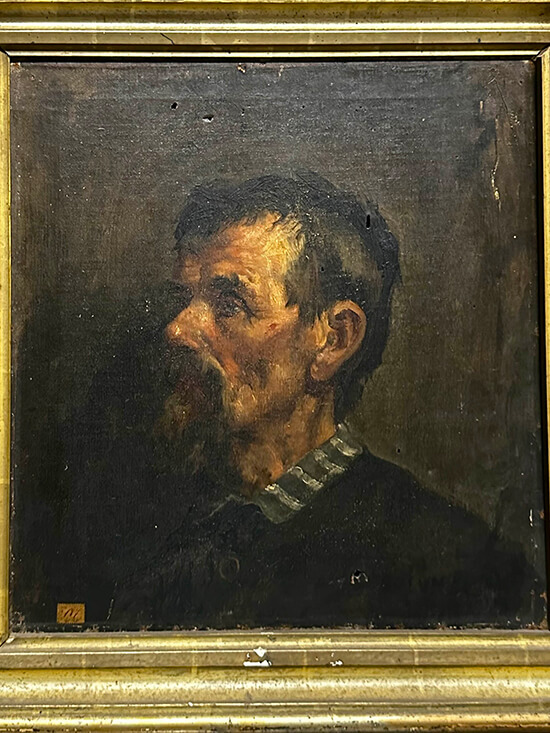
Cordoba: Museo de Bellas Artes de Cordoba
The last journey in my search was to Cordoba, two hours south of Madrid by fast train, to visit the Museo de Bellas Artes de Cordoba. Housed in an ancient hospital (circa 15th century), the small museo, constructed with the creamy beige coral stone of Andalucia, sits quietly on one side of the small and picturesque Plaza del Potro; one could easily miss its unassuming entrance.
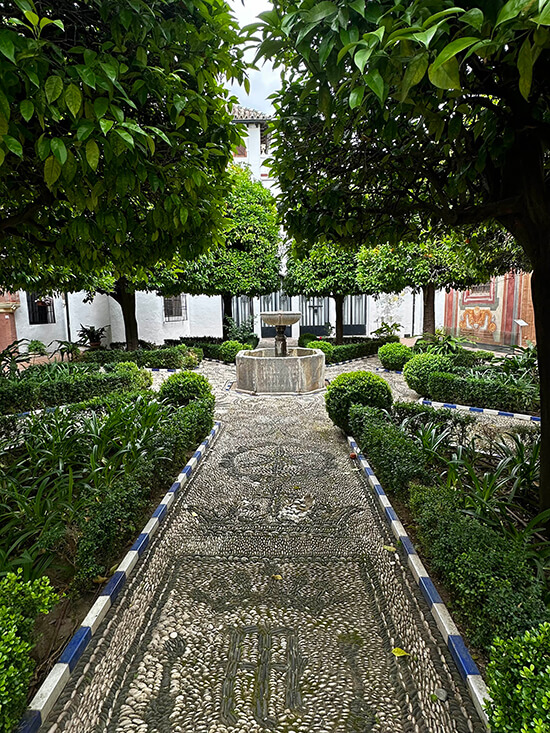
There is a significant repository here of six 19th-century Philippine paintings donated by a Cordoba native, Angel Avilés Merino, after his death in 1924. Avilés was a government functionary who arrived in Manila in 1893 and oversaw the Ministerio del Instruccion Publica y Bellas Artes, essentially the department of education and fine arts of the Spanish colonial government.
One of his achievements was to propose to the Madrid government and eventually bring to fruition the Exposicion Regional de Filipinas in Manila in 1895, a commercial and agricultural fair which featured the best of Philippine workmanship and products, and also included the products of other countries in the region, such as China and Japan.
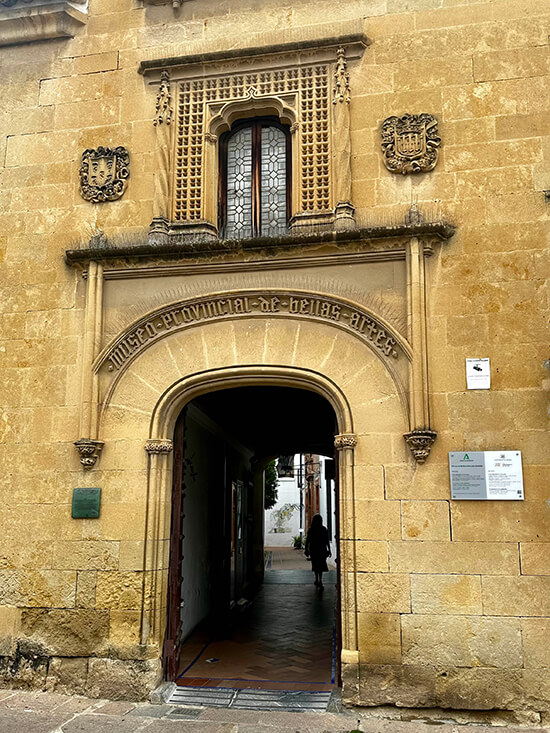
Being an amateur artist himself, Avilés was particularly interested in Manila’s Escuela Superior de Pintura, Escultura, y Grabado (which eventually evolved into the UP School of Fine Arts), and met its instructors and students when he sought to acquire paintings for exhibition in the Exposicion Regional.
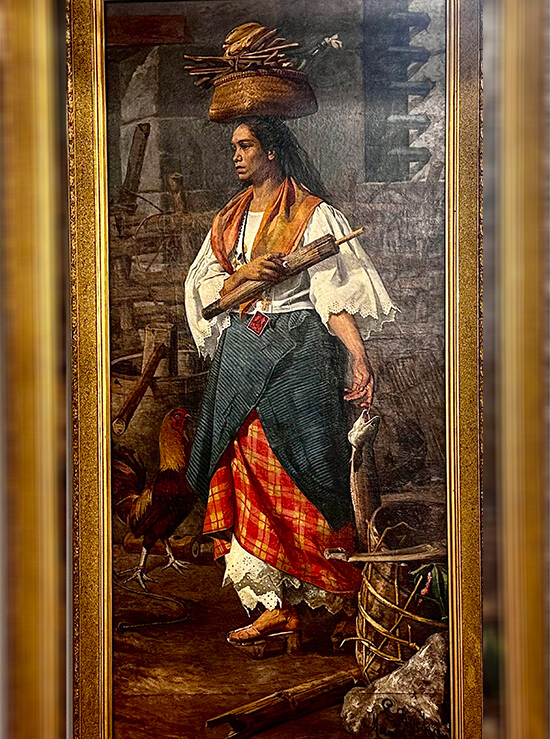
All the paintings in Cordoba are currently in storage and are mostly small-format works, except for the stunning 2x1-meter piece, “Mujer Filipina” (1895), a romantic, idealized portrait of a Filipina woman going to market, by Lorenzo Rocha, who became the director of the aforementioned school in 1898.

Among the other gems in the collection are a small painting of the head of a man by Juan Luna (circa 1851-1900), which the museum conservator said would be undergoing restoration soon; and an appealing genre scene of two young boys by a well, with a young woman leaning against a nearby wall painted by Felix Martinez. It has a mouthful of a title: “Vista de la Procuración de los Padres Franciscanos en Manila” (1895).
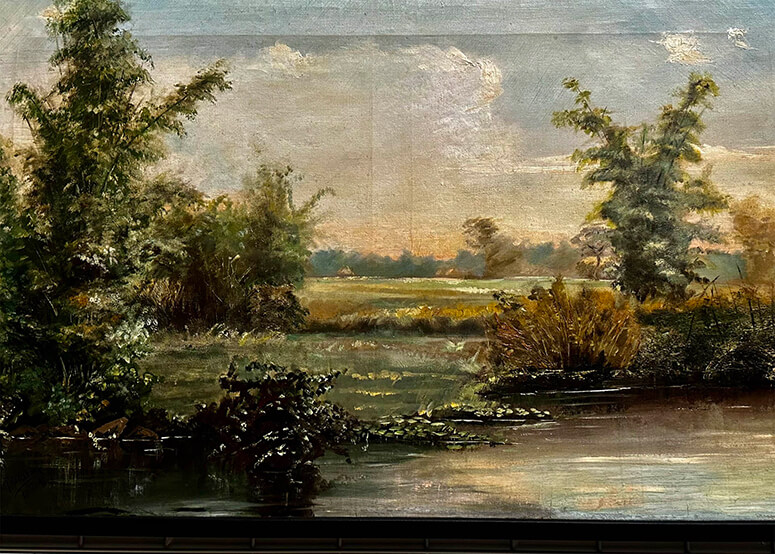
The four other works are a landscape with a nipa hut, “Cercanias de Pandacan” (1895), also by Felix Martinez; a landscape river view, “Paisaje de Manila” (1895) by Rafael Cascarosa; a colorful portrait of a Filipino woman in a rustic, rural setting carrying a water jug (1896), by Miguel Zaragoza; and a watercolor still life of heraldic objects (1895) signed R. Peralta.
Given the consistent dates around 1895, it has been surmised that Aviles gathered these works from the Escuela Superior in order to exhibit them at the Exposicion General that year.
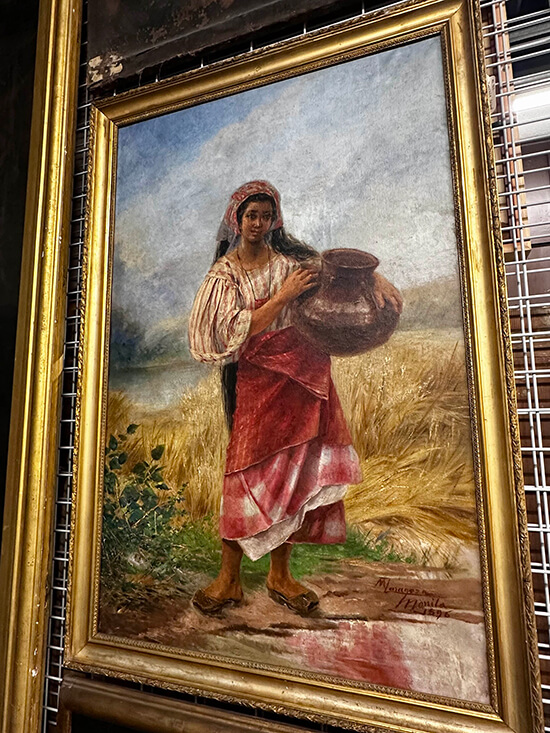
Plans are afoot for an exhibition that will shed light on 19th-century Filipino painters working in Spain at the Museo del Prado in 2027. Though centered around the works of Juan Luna and Felix Resurreccion Hidalgo, it will likely also feature these revealing and masterful works by their contemporaries, which are held in Spanish collections, allowing many Filipinos to view and learn more about them.


